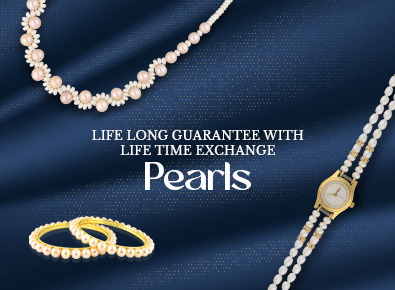 Freshwater pearls are the most widely used types of pearls. They are cultured in China and other Eastern countries. The shellfish in which these pearls are formed often hold between 20-30 pearls in each shell. This high supply of freshwater pearls makes them the most popular and affordable type of pearl. If you would like to pick the best freshwater pearl, here’s what you need to know.
Freshwater pearls are the most widely used types of pearls. They are cultured in China and other Eastern countries. The shellfish in which these pearls are formed often hold between 20-30 pearls in each shell. This high supply of freshwater pearls makes them the most popular and affordable type of pearl. If you would like to pick the best freshwater pearl, here’s what you need to know.
What shape of freshwater pearl to pick?
Freshwater pearls come in a variety of shapes due to the process used to culture them. A small tissue taken from a mollusc or oyster’s mantle is placed inside the shell, causing it to create a pearl around this foreign body. Since this is a tissue around which the shellfish is forming the pearl, chances are that the pearl will rarely be perfectly round. They are usually oval, potato-ish or off-round in shape. Some freshwater pearls are in indefinable shapes, making them a collector’s item. Round freshwater pearls, though rarer, are thus the most preferred freshwater pearl shape while buying. Then again, even the roundest looking freshwater pearls may not be exactly round when measured. If you have picked a strand of round freshwater pearls, what remains to be seen now is their luster and blemishing.
What colours do freshwater pearls come in?
Freshwater pearls occur naturally as pick, white, peach, bronze, apricot, lavender, grey and other shades. They are often color treated to get different colours such as black or chocolate brown or red or any other colour. To choose the best colour of freshwater pearl, it is best to put the pearl or the pearl jewellery against your skin and see how well the pearls’ colour complements your skin tone.
Comparing freshwater pearls’ shine to other pearls
Usually, the luster of a pearl depends on the thickness of the nacre, the substance which makes up the outer coating of the pearl. Freshwater pearls generally have thicker nacre than other kinds of pearls. This translates into an acceptable level of shininess. However, the overall luster of freshwater pearls is usually lesser. When you compare the with a strand of Akoya pearls, Freshwater pearls will seem less brighter and to have less sharper reflections on their surface. Freshwater pearls are more likely to have an irridiscence to them when exposed to bright lights.








